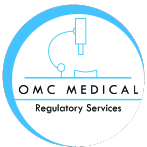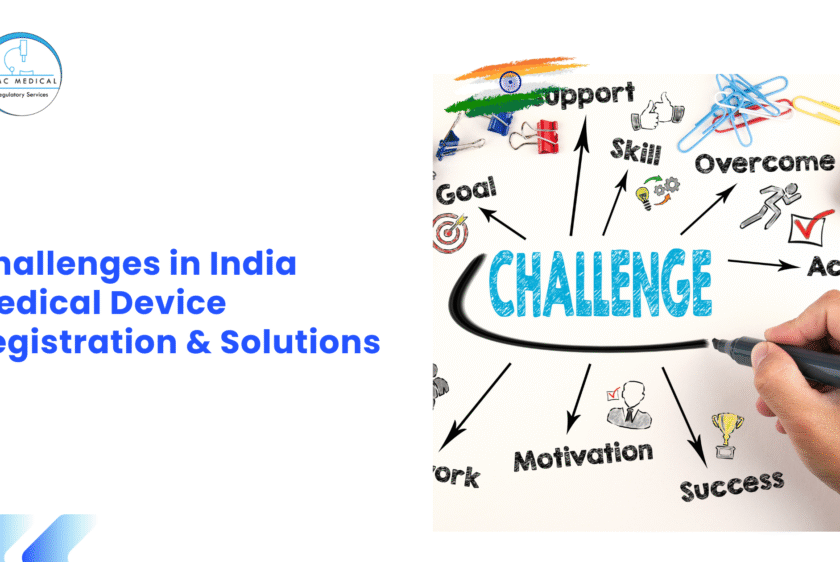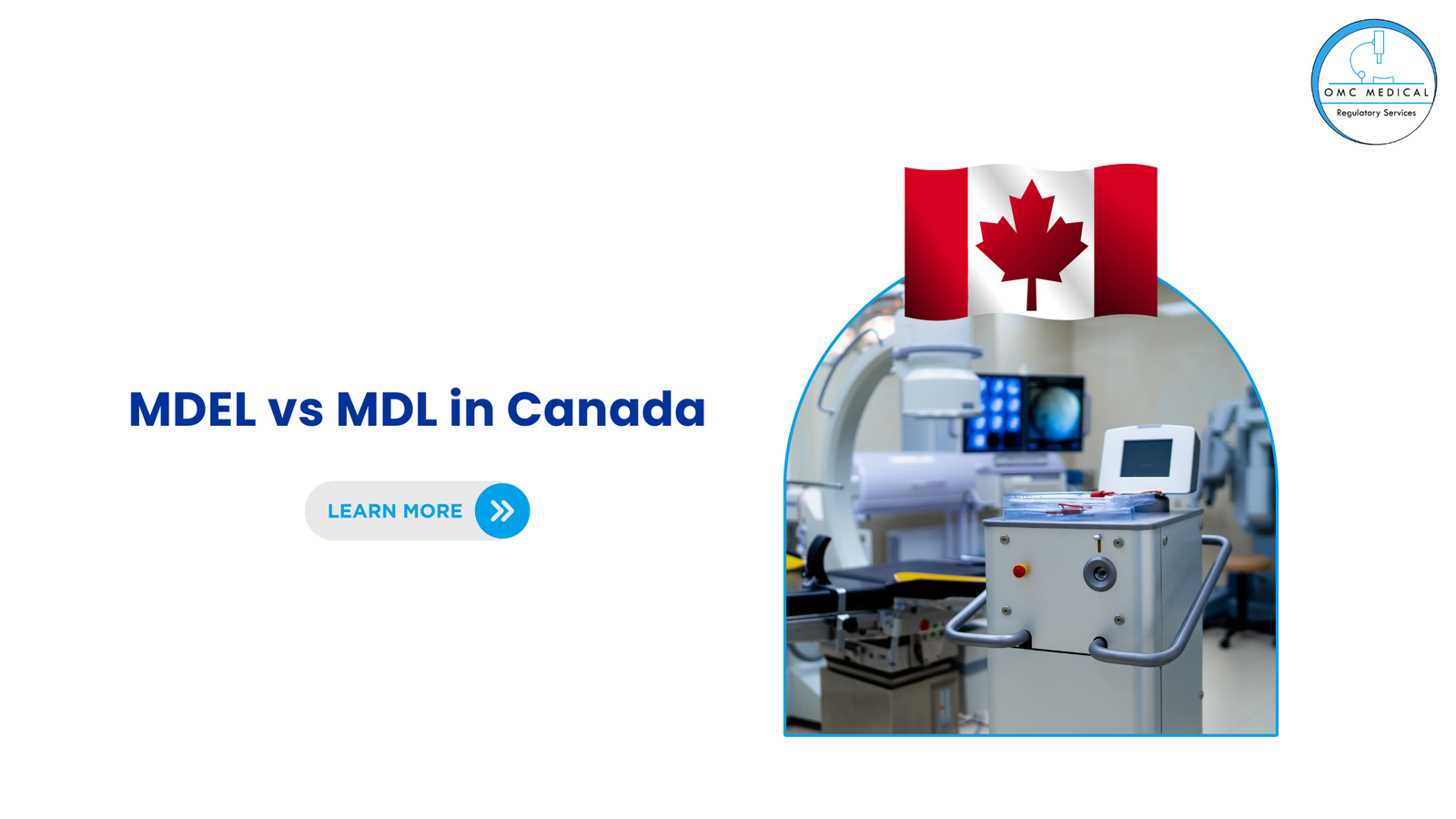Getting medical devices approved for the Indian market involves more than just paperwork. CDSCO follows strict guidelines, and if you’re not familiar with how it works, the process can feel overwhelming.
Whether you’re a local manufacturer or a foreign company trying to import your product into India, there are common hurdles you’re likely to face. In this blog, we break down the main challenges in CDSCO registration—and show how OMC Medical can help you solve them, step by step.
CDSCO Medical Device Registration Challenges
1. Unclear Device Classification
The challenge:
Correctly classifying your medical device (Class A, B, C, or D) is the first—and one of the most important—steps. Many companies misclassify their devices, which can delay licensing or result in a rejected application.
How OMC helps:
We review your product details and match them against the latest CDSCO classification list. If there’s any confusion, we clarify it with authorities before the application is submitted. No guesswork, just accurate classification.
2. Preparing the Right Documents
The challenge:
CDSCO requires very specific technical documents: Device Master File (DMF), Plant Master File (PMF), ISO certificates, Free Sale Certificate (FSC), and more. A missing or incorrectly formatted document can hold things up.
How OMC helps:
We help you prepare, format, and review every required technical document. We also advise on whether documents need to be legalized or apostilled, depending on your country of origin. Our checklist ensures nothing is missed.
3. Using the SUGAM Portal
The challenge:
The SUGAM portal is where all CDSCO registrations are submitted online. But the platform can be technical, confusing, and occasionally buggy—especially for first-time users.
How OMC helps:
We handle the entire SUGAM submission for you—from account creation to final uploads and fee payments. If errors or technical issues come up, we deal directly with the CDSCO IT team so you don’t have to.
4. Finding a Trusted Indian Authorized Agent
The challenge:
Foreign manufacturers must appoint an Indian Authorized Agent (IAA) to represent them locally. Choosing someone without proper licensing or experience can lead to delays—or non-compliance.
How OMC helps:
OMC Medical offers Indian Authorized Agent services, ensuring that all communication with CDSCO is handled professionally. We maintain valid licenses and can act as your point of contact throughout the registration process.
5. Understanding CDSCO’s New Rules
The challenge:
CDSCO regularly updates its regulations—such as requiring in-country performance evaluations for IVDs or introducing auto-generated compliance certificates. Missing these updates can lead to non-compliance.
How OMC helps:
Our regulatory experts stay on top of all CDSCO announcements and updates. We guide you based on the latest 2025 regulations, so your submission meets current expectations.
6. Timelines and Delays
The challenge:
The typical registration timeline is 9–12 months, but it can stretch longer if there are document issues, missing information, or classification disputes.
How OMC helps:
With our clear timelines and follow-up system, we keep your application moving. We also flag potential delays early so you can address them before they become a problem.
Why Work with OMC Medical?
OMC Medical has helped clients from over 50 countries register their devices in India. Whether you’re a startup entering the market or an established manufacturer expanding your portfolio, we offer:
- ✅ Accurate classification
- ✅ Indian Authorized Agent services
- ✅ Document and dossier support (DMF, PMF, ISO, etc.)
- ✅ End-to-end management via SUGAM portal
- ✅ Ongoing support for post-market compliance
Ready to Register Your Device with CDSCO?
If you’re struggling with the CDSCO process or just want expert support to get it done right the first time—OMC Medical is here to help.
👉 Contact us today to get started.







